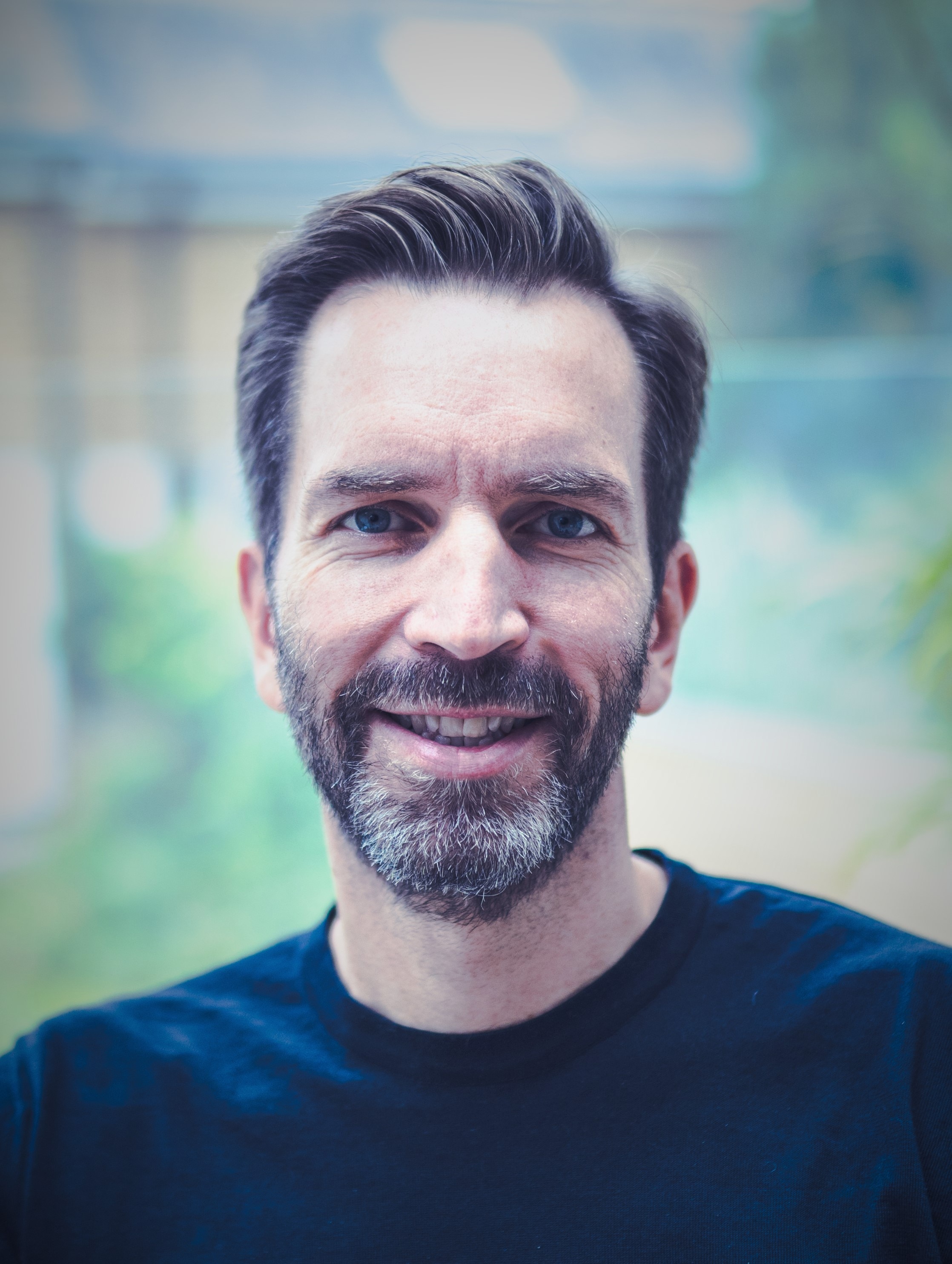-
Featured services
2026 Global AI Report: A Playbook for AI Leaders
Why AI strategy is your business strategy: The acceleration toward an AI-native state. Explore executive insights from AI leaders.
Access the playbook -
Services
View all services and productsLeverage our capabilities to accelerate your business transformation.
-
Services
Network Services
-
Services
Cloud
-
Services
Consulting
-
-
Services
Data and Artificial Intelligence
- AI and Intelligent Solutions
- Data/AI Strategy and Program
- Data Engineering and Platforms
- Data Governance and Management
- Data Visualization and Business Decision
- GenAI Consulting
- GenAI Platforms
- GenAI Industry Services
- GenAI Infrastructure Services
- GenAI Value Transformation
- View Data and Artificial Intelligence
-
Services
Infrastructure Solutions
-
Services
Global Data Centers
-
Services
CX and Digital Products
-
Services
Application Services
-
Services
Sustainability Services
-
Services
Digital Workplace
-
Services
Business Process Services
-
Services
Generative AI
-
Services
Cybersecurity
-
Services
Enterprise Application Platforms
![]()
Accelerate outcomes with agentic AI
Optimize workflows and get results with NTT DATA's Smart AI AgentTM Ecosystem
Create your roadmap -
-
-
Insights
Recent Insights
-
The Future of Networking in 2025 and Beyond
-
Using the cloud to cut costs needs the right approach
When organizations focus on transformation, a move to the cloud can deliver cost savings – but they often need expert advice to help them along their journey
-
Make zero trust security work for your organization
Make zero trust security work for your organization across hybrid work environments.
-
-
![]()
2026 Global AI Report: A Playbook for AI Leaders
Why AI strategy is your business strategy: The acceleration toward an AI-native state. Explore executive insights from AI leaders.
Access the playbook -
-
2026 Global AI Report: A Playbook for AI Leaders
Why AI strategy is your business strategy: The acceleration toward an AI-native state. Explore executive insights from AI leaders.
Access the playbook -
Discover how we accelerate your business transformation
-
About us
CLIENT STORIES
-
Liantis
Over time, Liantis – an established HR company in Belgium – had built up data islands and isolated solutions as part of their legacy system.
-
Randstad
We ensured that Randstad’s migration to Genesys Cloud CX had no impact on availability, ensuring an exceptional user experience for clients and talent.
-
-
CLIENT STORIES
-
Liantis
Over time, Liantis – an established HR company in Belgium – had built up data islands and isolated solutions as part of their legacy system.
-
Randstad
We ensured that Randstad’s migration to Genesys Cloud CX had no impact on availability, ensuring an exceptional user experience for clients and talent.
-
![]()
2026 Global AI Report: A Playbook for AI Leaders
Why AI strategy is your business strategy: The acceleration toward an AI-native state. Explore executive insights from AI leaders.
Access the playbook -
- Careers
New ways of working: returning to a smarter, healthier, and safer office
24 March 2021

Topics in this article
Re-imagining workspaces for a frictionless employee experience
Navigating each stage of the pandemic has provided an opportunity to find better ways of addressing new challenges. Improving employee wellbeing and safety is seen as the most important workplace outcome by respondents to the recent NTT Intelligent Workplace Report. Organizations around the world are reimagining workspaces as they begin to return their employees to the office. Safe and sustainable working environments combine technology and physical space with an evolving list of health guidelines. Digital tools, systems, and policies shape the new ways of working, driving a more frictionless workplace experience.Transitioning to a flexible, distributed workforce model
Outside of the ethical and legal responsibilities that organizations have to their people, it is critically important to motivate your distributed employees and demonstrate why they should return to the office as part of their working week.
During the early part of summer 2020, 75% of employees stated they would prefer to work from an office than from home when it was safe. Many people cite fatigue with a lack of face-to-face social interaction and miss the hands-on mentoring and learning opportunities that working in a physical office provides. At the same time, many individuals enjoy remote working, citing more time to get work done with fewer interruptions, more flexibility to juggle work and personal commitments, and time and money saved from traveling to and from the office.
A year into the pandemic, many organizations have successfully deployed and adopted new technology platforms that shifted engagement behaviours and increased digital dexterity. Whether it’s the simplicity of seeing who is available and a click to video chat with them or asynchronous communication where dispersed teams share content across the globe to complete tasks by a designated timeframe.
What concerns many organizations today is making sure that not only is the office a safe and healthy place to return but that employees can continue to enjoy this digital way of working. Suppose they can deliver that and combine it with the in-person benefits of socialization, camaraderie, and mentoring. In that case, we will see a positive transition to a more flexible distributed workforce model.
One of the most important goals of returning employees to the office is to provide a frictionless experience as you allow individuals and teams to carry out activity-based-working. As organizations support an increasingly hybrid workforce, they are expected to provide visibility of their offices' health and safety-related data to instil confidence and trust in everyone who enters the office.
Organizations are adopting new technology platforms to ensure a positive transition of a more flexible, distributed workforce model.
Creating a safer and smarter workspace than ever before
Newly developed technologies are working together to provide a holistic view of how a more innovative office can be safe, sustainable and improve the employee experience.
Smart building platforms are leveraging digital twin platforms, AI, and machine learning to provide insights around space and occupancy so companies can make decisions around density and social distancing. Today’s facilities management takes into account asset categorization, task creation, and resolution. When it comes to sustainability, organizations monitor how energy consumption, waste production, and carbon offsetting align with industry standards. Ensuring health and wellbeing means keeping a check on air quality and monitoring for comfort parameters such as temperature, light, noise, and more for certifications.
The digital platforms and technology supporting a safe return to the office can also bring us closer to our broader business goals. Organizations are taking the opportunity to harness digital insights and controls that further correlate workplace challenges, such as physical distancing and health safety, with metrics such as productivity, talent retention, and operating expenses.
The new distributed worker, part remote, part onsite, is here to stay for NTT.
Supporting clients on their back to office journey
In recent months, together with partners, we’re helping our clients around the world return their employees to office locations while adhering to the specific in-country public health guidelines and capacity regulations. Using technology, clients can allocate the right amount of access for designated employees by the office, floor, and desk and capture this information for auditing purposes. The experience is seamless as employees and teams use an intuitive application to book office space for a specific time and day, ensuring the required process is frictionless and secure.
Reshaping and redefining our workplace purpose
NTT is no different in taking a moment to re-evaluate our new ways of working by putting in place new guidelines that support a safe transition back to the office. We’re redefining categories of our workforce to understand return-to-office requirements better.
The new distributed worker, part remote, part onsite, is here to stay for NTT. Some job elements are best-suited to in-person collaboration and the distributed worker may spend up to 60% of their week onsite. Taking advantage of the offerings we share with clients, NTT offices and sites will feature the same intelligent building platform. We’re able to ingest information and data from all our office locations to a centralized view to return our teams safely.
Some of us are eager to leave our desks at home and return to the office. Others are more deeply affected by the risk of the pandemic and may feel hesitant about leaving remote work. Leading with patience and empathy before any change is a must. We can put the systems and platforms in place to support the return-to-office journey and combine this engagement in a way that demonstrates sensitivity and addresses health and wellbeing.





